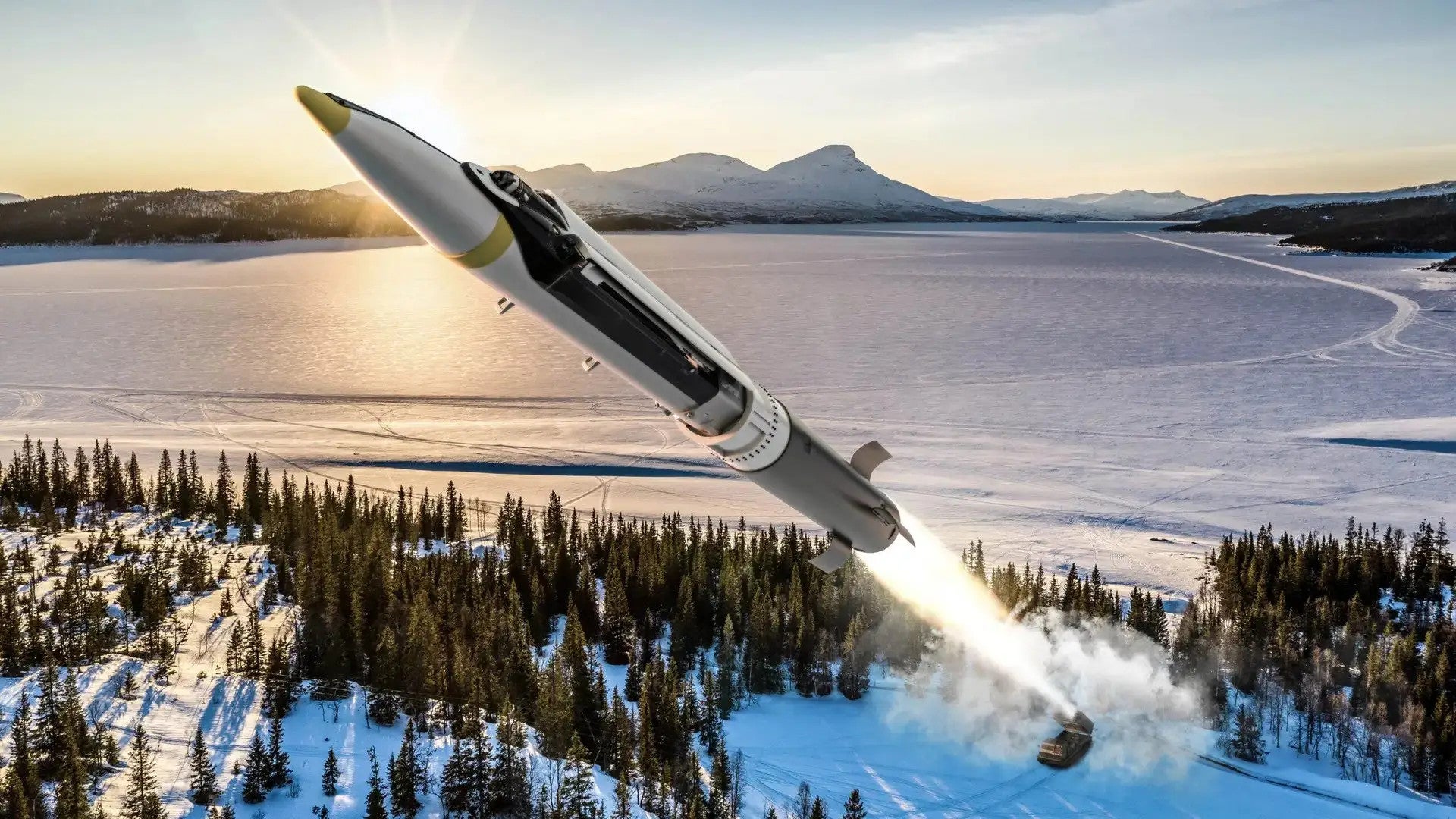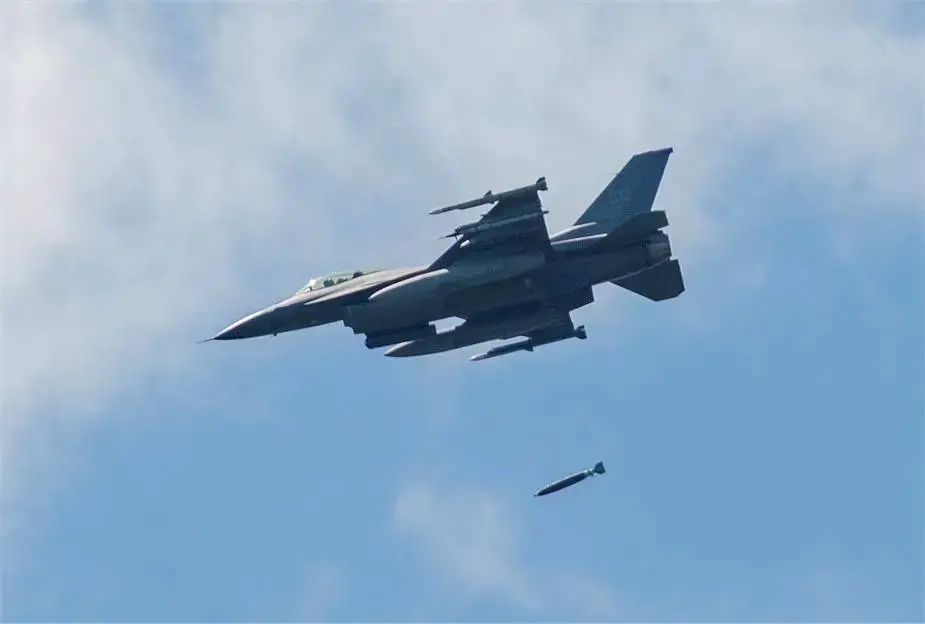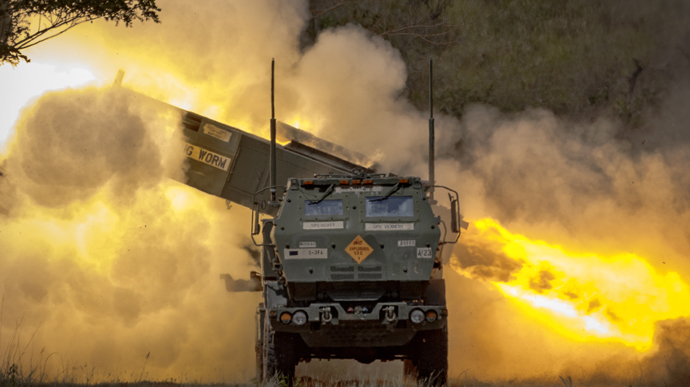SDB2 has a completely different tail shape.
I'm aware of that, that's why I mentioned adapting the adaptor to mate with an SDB2.
And good luck getting Boeing to design something for a Raytheon product.
Does Boeing make the adaptor or does SAAB? If it's the latter it shouldn't be an issue. But given the success of the limited use of the GLSDB in Ukraine so far I could see the US DOD finally take official interest in the missile and perhaps do a dual-source contract with Boeing and Raytheon in regards to the adaptor section.
On another note wouldn't the SDB1's launcher lugs be removed from the GLSDB variant as not only aren't they needed they add drag to its' airframe. Also what about encapsulating the SDB1 with a clamshell fairing (With an ogival nose) to extend the GLSDB's range by reducing drag, the clamshell fairing would split and seperate just before the adaptor unclamps and releases the SDB1.
Last edited:







